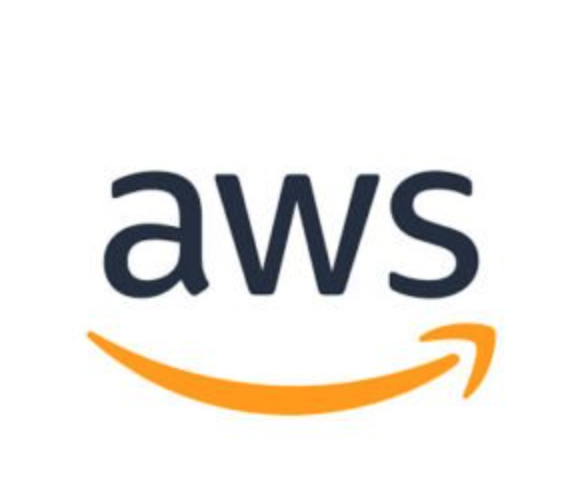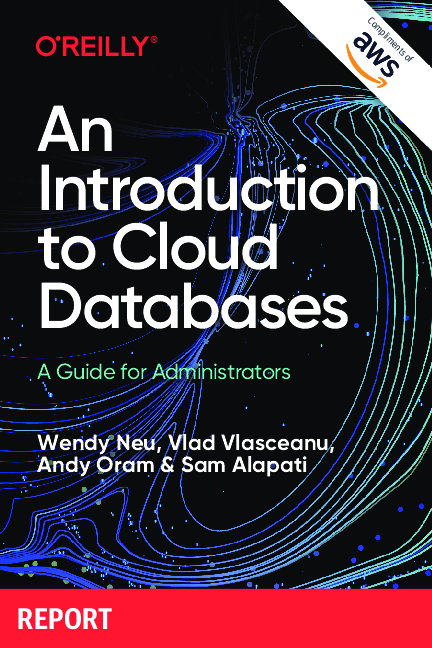An Introduction to Cloud Databases
The rush to the cloud is often measured in pure business terms— and its growing popularity is widely recognized. For instance, a recent Gartner report (requiring the submission of business infor‐ mation to view) finds that databases are growing at a rate of 68% in the cloud, whereas there is little on-premises growth outside of price increases and what they call “forced upgrades.”
But this dramatic shift in computing and database access also shows up in the types of services offered and the evolution of professional jobs in computing. Managed databases of many sorts are now part of every major cloud vendor’s offerings. The use of these databases will remove many tasks performed by a database administrator (DBA) in traditional environments where an organization owns its own hardware, which we’ll call on-premises environments. Moving to the cloud will add new tasks, change some existing tasks, and pro‐ vide a subtly different context for understanding many of the tasks.
Cloud vendors doggedly keep up with changes in the database space and vary their database offerings to meet the diverse needs of their clients. Relational databases (in both transactional and data ware‐ house form) appear along with nonrelational databases, such as key/ value and document stores.
This report helps the DBA and related staff—such as data scientists, data architects, and application developers—choose among cloud offerings. It explains on a general level what responsibilities the DBA should expect to perform in the cloud environment. Finally, it offers guidelines for migration.

